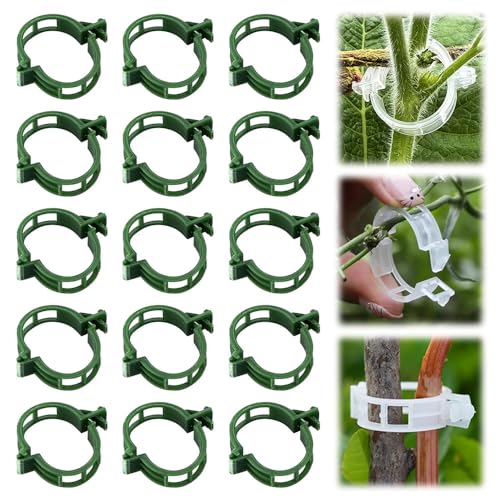February Gardening Tips for a Thriving Garden
Gardening is a fulfilling hobby that provides a wealth of benefits, both for the gardener and for the environment. February is a crucial month for gardeners, as it marks the transition from winter to spring and sets the foundation for a thriving garden throughout the year. Here are some tips to help you get started.

Soil Preparation
Good soil is the foundation of a healthy garden. Before planting, it is important to assess the quality of your soil and make any necessary amendments. For example, if your soil is heavy and clay-like, adding organic matter such as compost or peat moss can help to improve its structure and increase water-holding capacity. If your soil is too acidic, adding lime can help to balance the pH.
Choosing the Right Plants
When selecting plants for your garden, it is important to choose ones that are well-suited to your climate and soil type. Consider factors such as light exposure, temperature, and soil moisture levels when making your selections. Some plants, such as perennials and shrubs, are hardy and can withstand harsh winter conditions, while others, like annuals and vegetables, are more sensitive and require a bit more care.

Proper Planting Techniques
Proper planting techniques can greatly increase the chances of success for your plants. When planting, be sure to follow the recommended guidelines for each individual species, including the depth of planting and the spacing between plants. In addition, consider using mulch to conserve moisture, reduce weeds, and regulate soil temperature.
Water Management
Water is essential for plant growth and survival, but too much or too little can be harmful. To ensure that your plants receive the right amount of water, it is important to regularly check the soil moisture levels and adjust your watering schedule as needed. In addition, using drip irrigation or a soaker hose can help to conserve water and prevent waste.
Pest and Disease Management
Pests and diseases can pose a major threat to the health of your garden. To prevent and manage these issues, it is important to regularly inspect your plants and take appropriate action as needed. For example, using natural or organic methods such as companion planting, crop rotation, and biological controls can help to reduce the risk of pest and disease problems.
Regular Maintenance
Regular maintenance is crucial for keeping your garden healthy and productive. This includes tasks such as pruning, deadheading, and removing any dead or diseased plant material. In addition, regularly checking for and addressing any issues, such as water stress or pest infestations, can help to prevent problems from escalating.
In conclusion, following these February gardening tips can help to set the foundation for a thriving garden throughout the year. With the right preparation, plant selection, care, and maintenance, you can create a beautiful and productive outdoor space that you can enjoy for years to come.
At what age do male cats start spraying?
- 10 Creative Gardening Ideas With Bricks
- 7 Creative Water Gardening Ideas To Bring Life To Your Outdoor Space
- 8 best Florida gardening ideas To Try Out this Summer
- 10 best Innovative small front yard desert landscaping ideas
- 10 Perfect gardening basket gift ideas
Discover more from Gardening with Ecorganicas-Source for Organic Gardening Tips
Subscribe to get the latest posts sent to your email.





